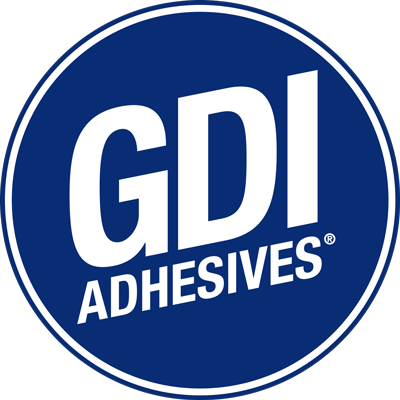The world of packaging and labeling is evolving rapidly, driven by the increasing demand for more intelligent, interactive, and sustainable products. Smart labels, which incorporate technologies such as RFID (Radio Frequency Identification), NFC (Near Field Communication), QR codes, and other sensor-based elements, are at the forefront of label technology. These labels provide more than just product identification; they offer real-time data, enhance supply chain visibility, improve consumer engagement, and contribute to the overall functionality of the label as a product.
As the use of smart labels grows, so too does the importance of adhesives that secure them to a wide range of surfaces. The adhesive requirements for smart labels are far more complex than those of traditional labels. To ensure functionality, durability, and sustainability, pressure-sensitive adhesives (PSAs) must evolve alongside smart label technology.
The Role of Adhesives in Smart Labels
In smart labels, adhesives play a crucial role in maintaining the integrity and performance of each label. These labels are often applied to various surfaces, including metals, plastics, glass, and even textiles. The adhesive must ensure a strong bond without interfering with the label’s electronic components or its ability to transmit data.
Moreover, smart labels often need to withstand harsh environmental conditions such as extreme temperatures, humidity, and exposure to chemicals. The adhesive must be robust enough to ensure the label remains affixed and functional throughout the product’s lifecycle. This makes the choice of adhesives a critical consideration in the design and manufacturing of smart labels.
Adhesive Requirements for the Future
- Compatibility with Electronic Components: The integration of RFID, NFC, and other sensors within smart labels require that adhesives do not interfere with electronic functionality. The adhesive must be formulated to avoid any adverse reactions with electronical components, ensuring that the label can transmit data accurately.
- Enhanced Durability: As smart labels are used in more diverse and demanding environments, the adhesives must provide long-term durability. This includes resistance to moisture, UV light, and chemical exposure. The ability to maintain adhesion under these conditions is vital for the long-term performance of the smart label.
- Sustainability: With increasing pressure on companies to reduce environmental impact, the development of sustainable adhesives for smart labels is a key focus. This includes the use of biodegradable and/or recyclable adhesives that do not compromise the performance of the label. Additionally, the adhesive must be compatible with sustainable label materials, such as those derived from renewable sources.
- Customizability: The future of smart labels will likely see a greater demand for customized solutions tailored to specific unique applications. This could involve adhesives designed for specific substrates, such as those used in the medical (skin-friendly) or automotive industries, where the adhesive must meet stringent regulatory standards.
- Low Application Temperatures: In some applications, smart labels may need to be applied at low temperatures. Adhesives that can bond effectively without requiring high heat during the application process will be increasingly important, particularly for temperature-sensitive components.
- Tamper-Evidence and Security: As smart labels become more common in industries such as pharmaceuticals and luxury goods in the effort of anti-counterfeiting, the adhesive’s ability to provide tamper-evidence and enhance security will be crucial. This could involve adhesives that purposely leave a residue or pattern on the surface if the label is removed, thereby indicating potential tampering.
Challenges and Opportunities
The development of adhesives that meet the complex requirements of smart labels presents both challenges and opportunities for adhesive manufacturers. The need to balance performance, sustainability, and cost-effectiveness drives innovation within our industry.
As smart labels become more sophisticated, there may be opportunities to develop adhesives that play an active role in the label’s functionality. For example, adhesives with conductive properties could potentially enhance the performance of certain electronic components within a label.
Conclusion
The future of smart labels is bright, with their application expected to expand across various industries, including retail, healthcare, logistics, automotive, aerospace and beyond. As these labels become more advanced, the adhesives that hold them in place must also evolve to meet new demands. Adhesive manufacturers that can innovate and adapt to these changing requirements will be well-positioned to play a crucial role in the growth of the smart label market.
By focusing on compatibility, durability, sustainability, and customization, the adhesives manufacturing industry can ensure that smart labels continue to deliver the enhanced functionality and performance that modern consumers and businesses expect. The future of smart labels and their adhesive requirements will be marked by innovation, with a focus on creating solutions that are as smart as the labels themselves.
